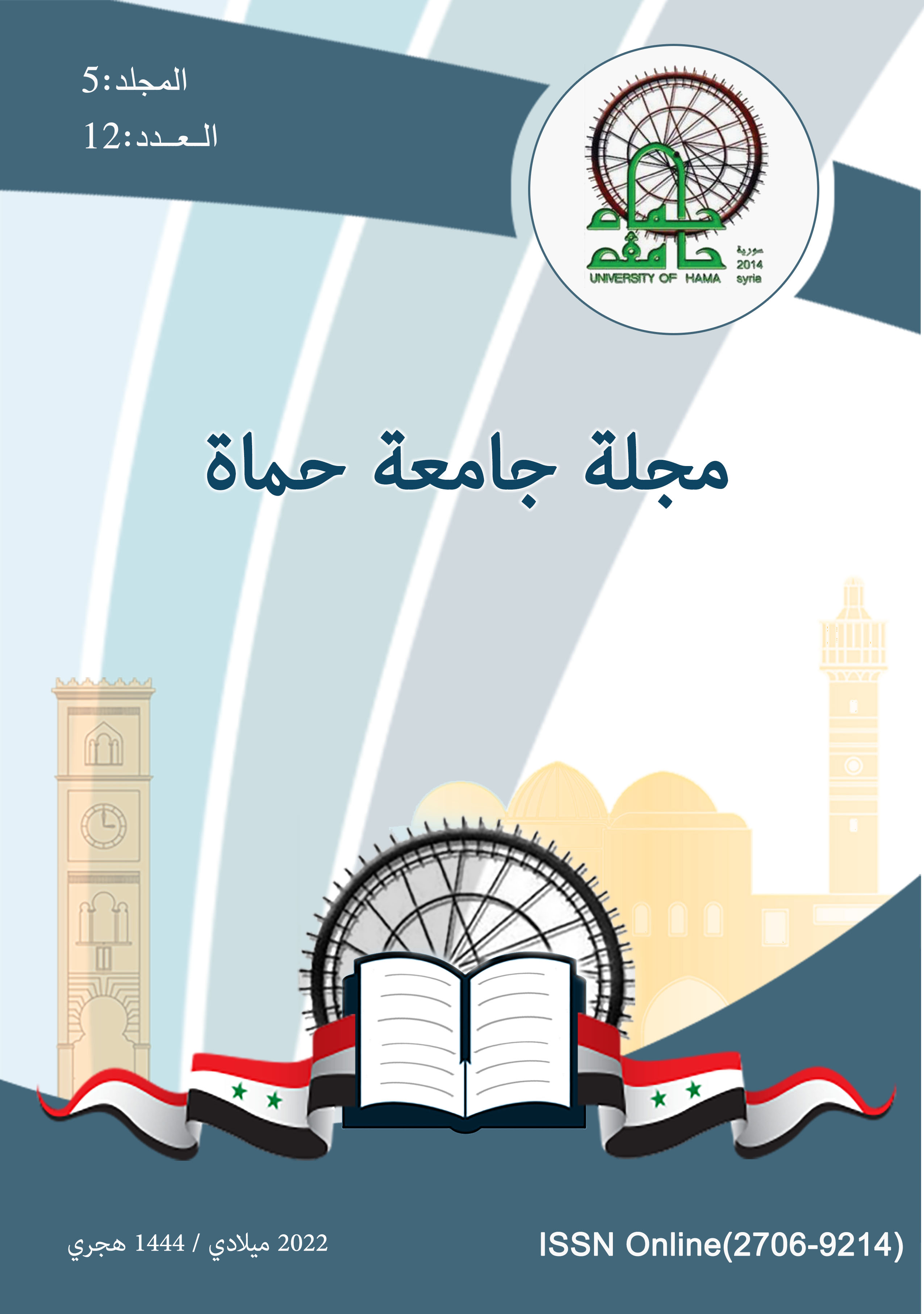A Comparative Clinical Study of the Effect of Making Different Modification in Master Cast on Fit Accuracy of Complete Denture.
الملخص
Introduction: The success of complete dentures depends on the retention and fit accuracy of the denture to the supporting tissues. The retention is affected by a number of factors, including interfacial surface tension, adhesion, thickness of salvia film, and atmospheric pressure. To ensure better stability of the denture, it must be available accurate fit of the base to the supporting tissues, that is, the smaller the changes in the dimensions after processing, the intimate fit with the supporting tissues and thus the greater the retention of the denture. In order to improve the accuracy of fit, the researchers made modifications in the final gypsum cast before starting the denture processing , such as making holes or box cavities in the posterior palatal region, and these modifications contributed to improving in vitro the accuracy of the fit.
Purpose: The aim of this research is to study the effect of making modifications in the final gypsum cast on the retention and fit accuracy of the complete dentures
Materials and Methods: The research sample included 12 edentulous patients, their ages ranged between 41 and 84 years. The preliminary and final impressions were made, the final gypsum casts were duplicated with silicone, the record bases were made, the centric relation was recorded and the teeth were arranged and tested in the patient’s mouth, wax up was made to upper and lower dentures, and then the waxing and the arranging were duplicated, the modifications were made in the original gypsum casts, whereas The duplicated casts were left without any modifications. A box cavity 20 mm in width and 4 mm in deep was made to the back of the post dam area, and a wax bar with a diameter of 2 mm was made connecting the lingual wings of the lower denture and another bar perpendicular to the previous one reaching the frontal area. All dentures were processing according to the traditional method. The accuracy of the fit was clinically tested using the Light Body silicone. The retention was tested using the dynamometer device. The results were analyzed using the Student's T test for independent samples, and the confidence level was 95%.
Results: The results showed that there were statistically significant differences in the average values of accuracy of fit between the traditional and modified dentures. Therefore, the made of the box cavity to the back of the post dam area in the maxillary, and the made of the wax bar in the mandibular, contributed to improving the fit accuracy of the complete dentures.
Conclusions: The results showed that making of a box cavity backwards from the post fam area in the upper jaw, and making of the wax bar in the lower jaw, contributed to improving the accuracy of fit of the complete dentures.


